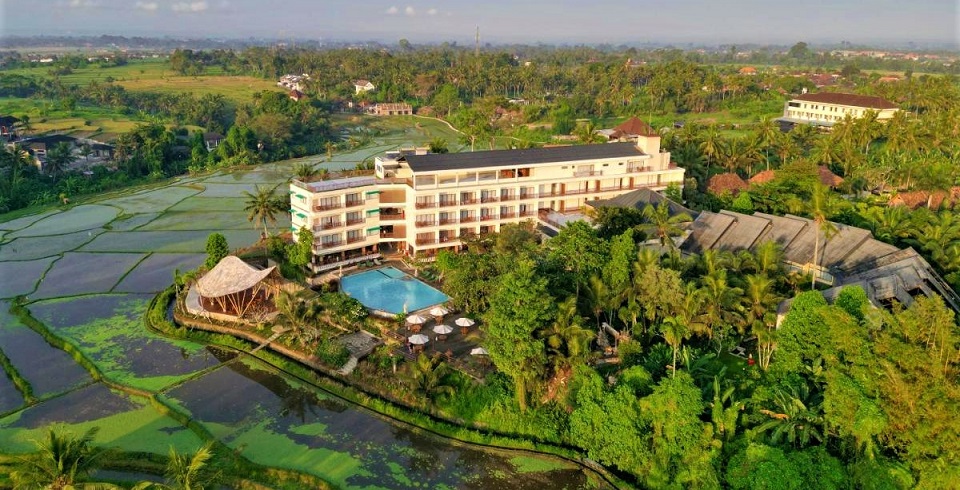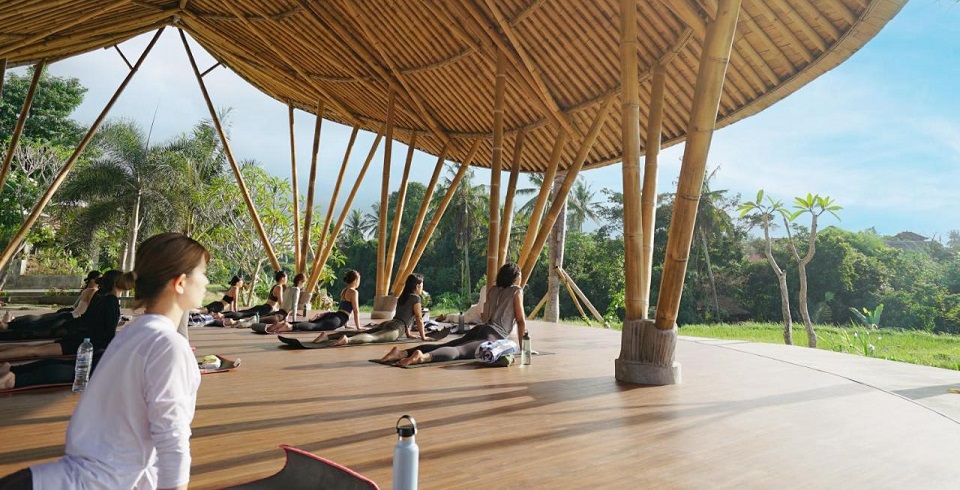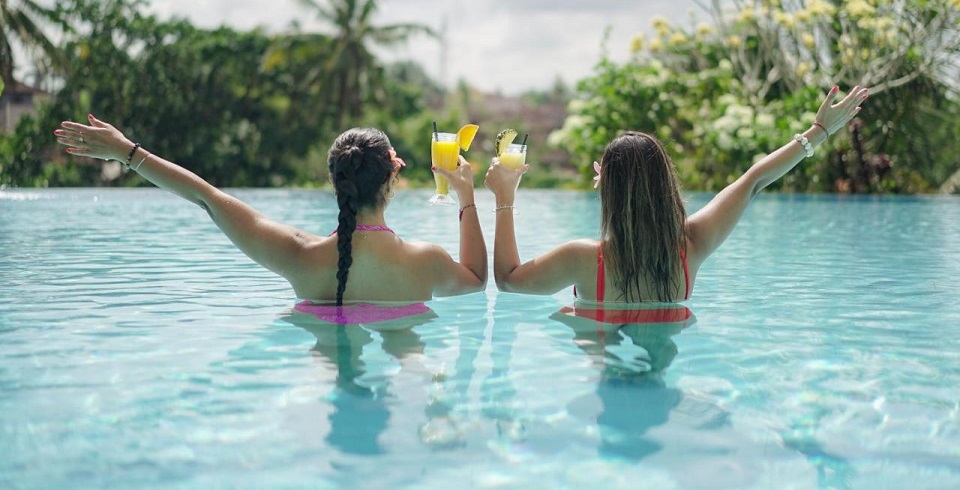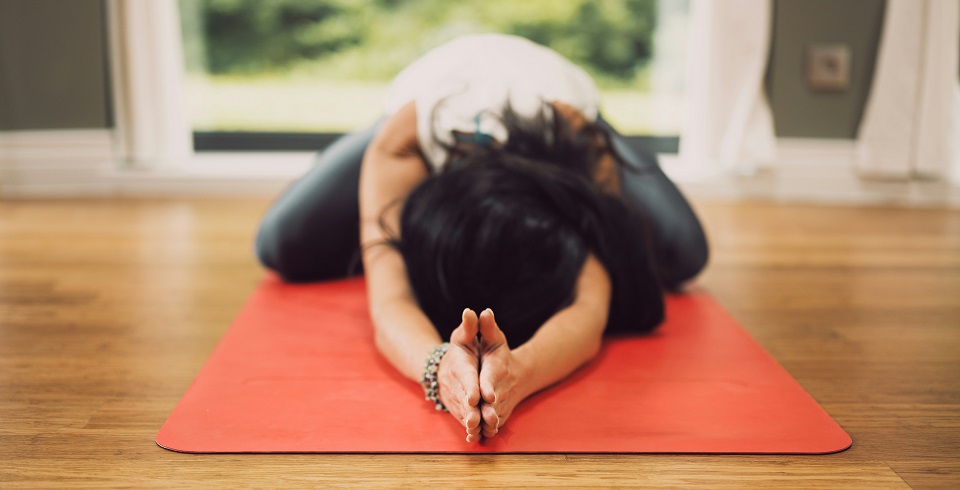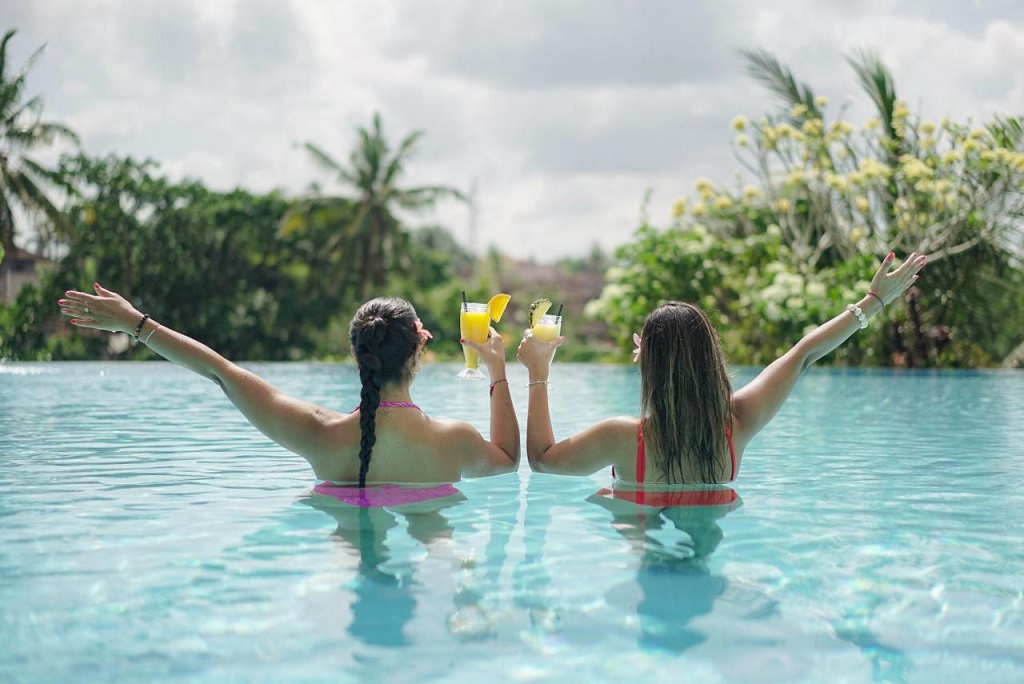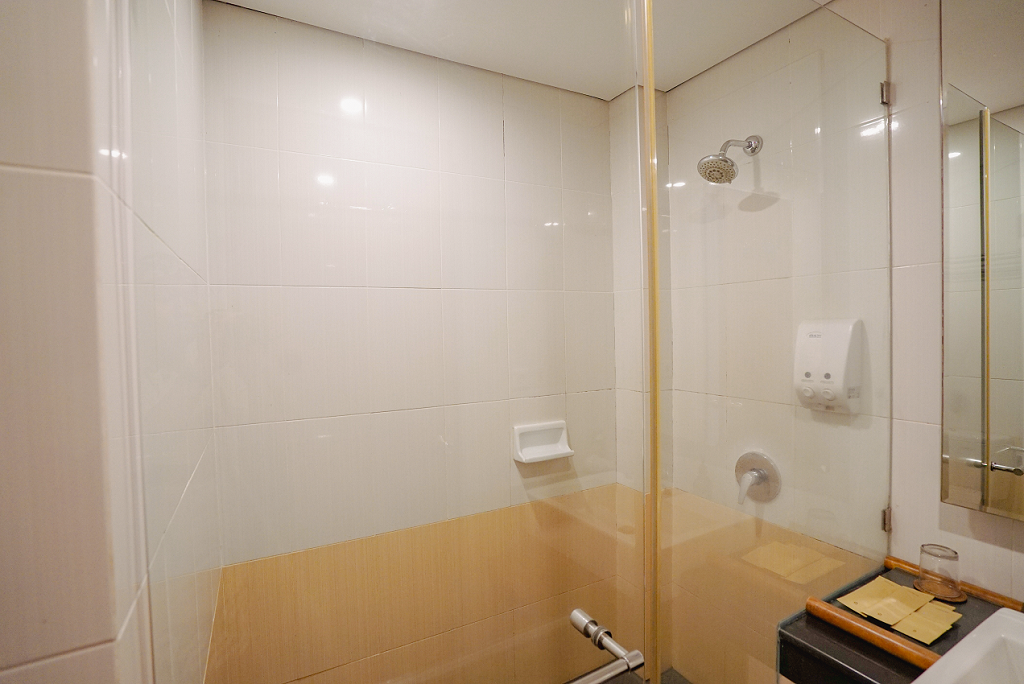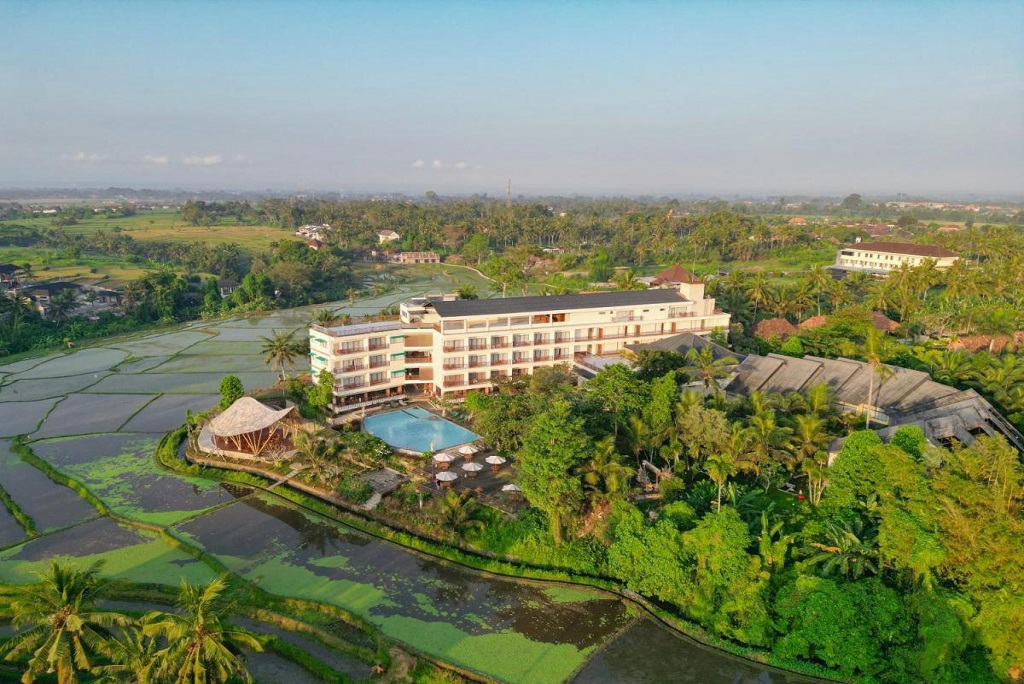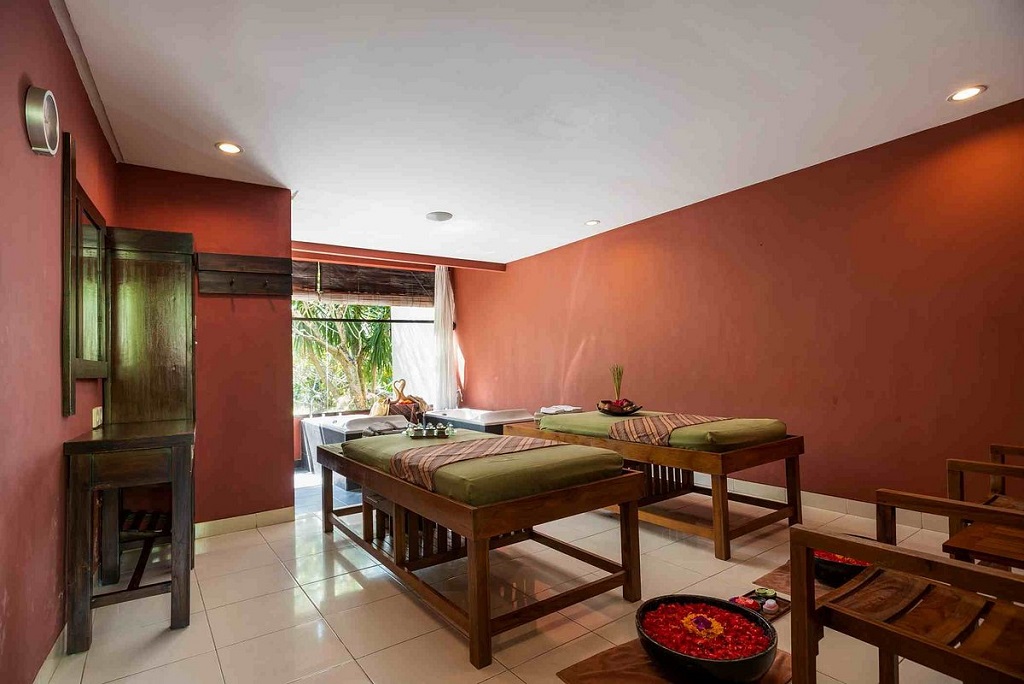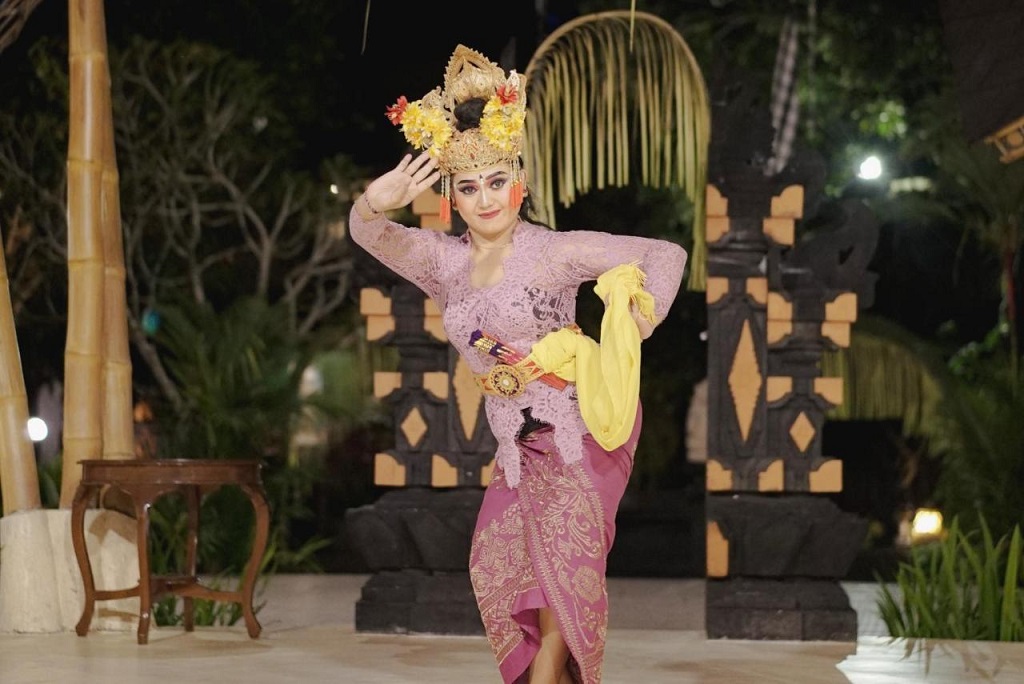200 Hours Yoga Teacher Taining Course
-
Date: 01st - 22nd Every Month
-
Duration: 21 Days
-
Batch Size : 18-20
-
Level: Beginner
-
Wifi Available
-
Pickup: Airpot
200 Hour Yoga Teacher Training Course In Bali.
A 200-hour Yoga Teacher Training Course (TTC) in Bali is a comprehensive program that allows you to deepen your yoga practice, expand your knowledge of yoga philosophy, and gain the skills necessary to become a certified yoga teacher. Here are some key features of a 200-hour Yoga TTC in Bali:
Curriculum: The curriculum of a 200-hour TTC covers a wide range of topics, including yoga philosophy, asanas (yoga postures), pranayama (breathing techniques), meditation, anatomy, teaching methodology, and more. The program is designed to provide a well-rounded education in all aspects of yoga.
Experienced Teachers: The training is led by experienced and qualified yoga teachers who have a deep understanding of the practice and philosophy of yoga. They guide you through the curriculum, offer personalized attention, and share their wisdom and expertise.
Intensive Learning: A 200-hour TTC is an intensive program that requires full-time commitment for several weeks. You will immerse yourself in the study and practice of yoga, allowing for a deep and transformative experience. The intensive nature of the training helps you develop a strong foundation and understanding of yoga.
Practical Teaching Experience: Throughout the training, you will have opportunities to practice teaching under the guidance of experienced teachers. This hands-on experience helps you develop your teaching skills, gain confidence, and refine your teaching style.
Yoga Community: Bali has a thriving yoga community, making it an ideal location for a yoga teacher training. By joining a 200-hour TTC in Bali, you have the opportunity to connect with like-minded individuals from around the world who share a passion for yoga. This sense of community provides support, inspiration, and networking opportunities.
Cultural Immersion: Bali is known for its rich culture, spirituality, and natural beauty. The training allows you to immerse yourself in the local culture, traditions, and spiritual practices, enhancing your understanding and experience of yoga as a holistic lifestyle.
Discover Why Bali is the Perfect Destination for Your 200-Hour YTTC Journey
Embark on an enriching journey of self-discovery and transformation with our 200-Hour Yoga Teacher Training Course (YTTC) in Bali at Adi Yogpeeth. Bali, renowned for its natural beauty and spiritual ambiance, serves as the perfect backdrop for your yoga journey. Immerse yourself in the serene surroundings of Bali as you delve into the ancient teachings of yoga.
Our YTTC curriculum covers all aspects of yoga, including asanas, meditation, pranayama, and philosophy, ensuring a comprehensive learning experience. At Adi Yogpeeth, known as one of the best yoga schools in Bali, you'll receive expert guidance from experienced instructors in a supportive and nurturing environment. Join us in Bali for an unforgettable YTTC experience and embark on a path of personal growth and enlightenment.
Course Overview
The purpose of mantra chanting in yoga is to generate vibrations and connect with the universe.
-
Aum Namah ShivayaAum Sarveshaam Svastir-BhavatuAum Sarve Bhavantu SukhinahGayatri MantraAum Brahmarpanam
-
Aum Saha NavavatuMaha Mrityunjaya MantraAum Asato Ma SadgamayaAum Purnamadah PurnamidamPatanjali Sloka
Ashtanga Vinyasa Primary Series (also known as the First Series or Yoga Chikitsa), literally means yoga therapy. This when practiced regularly heals all sickness and purifies your body in preparation for deeper Yogic practice - both physical as well as meditative.
-
STANDING POSTURESPadangusthasanaPada HastasanaUtthita Trikonasana A, BUtthita Parsvakonasana A,BPrasarita Padottanasana A,B,C,DParsvottonasanaUtthita Hasta PadangusthasanaArdha Baddha PadmottanasanaUtkatasanaVirabhadrasana IVirabhadrasana II
-
SITTING POSTURESDandasanaPaschimottanasana A,B,CPurvottasanaArdha Baddha Padma PaschimottanasanaTrianga Mukaikapada PaschimottanasanaJanu Sisrasana A,B,CMarichyasana A,B,C,DParipurna NavasanaBhujapidasanaKurmasanaSupta KurmasanaGarbha PindasanaKukkutasanaBaddha Konasana A,BUpavista Konasana A,BSupta KonasanaSupta PadangustasanaUbhaya PadangustasanaUrdvha Mukha PaschimottanasanaSetu BandhasanaUrdvha DhanurasanaPaschimottanasanaShavasana
-
FINISHING & CLOSING POSTURESSalamba SarvangasanaHalasanaKarnapidasanaUrdvha PadmasanaPindasanaMatsyasanaUttana PadasanaUrdhva DandasanaSirsasanaBalasanaYoga MudrasanaPadmasanaTolasanaShavasana
A wonderful serenity has taken possession of my entire soul, like these sweet mornings of spring which I enjoy with my whole heart. I am alone, and feel the charm of existence in this spot, which was created for the bliss of souls like mine. I am so happy, my dear friend, so absorbed in the exquisite.
-
STANDING POSTURESPadangusthasanaPada HastasanaUtthita Trikonasana A, BUtthita Parsvakonasana A,BPrasarita Padottanasana A,B,C,DParsvottonasanaUtthita Hasta PadangusthasanaArdha Baddha PadmottanasanaUtkatasanaVirabhadrasana IVirabhadrasana II
-
SITTING POSTURESDandasanaPaschimottanasana A,B,CPurvottasanaArdha Baddha Padma PaschimottanasanaTrianga Mukaikapada PaschimottanasanaJanu Sisrasana A,B,CMarichyasana A,B,C,DParipurna NavasanaBhujapidasanaKurmasanaSupta KurmasanaGarbha PindasanaKukkutasanaBaddha Konasana A,BUpavista Konasana A,BSupta KonasanaSupta PadangustasanaUbhaya PadangustasanaUrdvha Mukha PaschimottanasanaSetu BandhasanaUrdvha DhanurasanaPaschimottanasanaShavasana
-
FINISHING & CLOSING POSTURESSalamba SarvangasanaHalasanaKarnapidasanaUrdvha PadmasanaPindasanaMatsyasanaUttana PadasanaUrdhva DandasanaSirsasanaBalasanaYoga MudrasanaPadmasanaTolasanaShavasana
Pranayama is the control of breath. The basic movements of pranayama are inhalation, retention of breath, and exhalation. “The yogi’s life is not measured by the number of days but by the number of his breaths,” says Iyengar.
-
Four Aspects of Pranayama.Natural Breathing.Abdominal (or diaphragmatic) Breathing.Clavicular Breathing.Yogic Breathing.Nadi Shodhana Pranayama ( psychic network purification).Sheetali Pranayama ( cooling breath)
-
Sheetkari Pranayama ( hissing breath).Bhramari Pranayama ( humming bee breath).Ujjayi Pranayama ( the psychic breath).Bhastrika Pranayama ( bellows breath).Kapalbhati Pranayama ( frontal brain cleansing breath).Moorchha Pranayama ( swooning or fainting breath).Surya Bheda Pranayama (vitality stimulating breath).
Students learn the technique of using seals or gestures to facilitate the flow of energy in their body.
-
Introduction & Types of MudraHasta ( Hand Mudras)Mana ( Head mudras)Kaya ( Postural mudras)Bandha ( Lock mudras)Adhara ( Perineal mudras)
-
The five Pranas-Prana, literally the “forward moving air”.Apana, literally the “air that moves away”.Udana, literally the “upward moving air”.Samana, literally the “balancing air”.Vyana, literally the “outward moving air”.
Students learn the technique of consciously blocking and unblocking energy flow to different parts of their body.
-
Introduction to Bandhas.Preparation for Bandhas.Bandhas and the Granthis.Benefits of Bandhas.
-
Jalandhara Bandha (Throat lock).Moola Bandha (Perineum contraction).Uddiyana Bandha (Abdominal contraction.)Maha Bandha (The great lock).
Meditation as a practice has gained wide popularity due to its numerous benefits.
-
Introduction of MeditationOrigion & history of MeditationBreath awarness MeditationAUM chanting MeditationTrataka Meditation.Dynamic Meditation.
-
Ajapa Meditation.Antar Maun (Inner Silemce Meditation).Yoga Nidra.Silence Practice.Meditation Pose.
Yoga nidra, a Sanskrit term meaning "yogic sleep" is a deep relaxation technique and a form of meditation.Also called "psychic sleep," yoga nidra is a state between sleeping and waking.
-
How to do Yoga NidraBenefits of Yoga Nidra.Getting ready for Yoga Nidra.
Yogic cleansing exercises are important to learn how to incorporate your breath and meditate properly during physical aspects of yoga. It also removes the blockages in the energy channels.
-
Introduction to Shatkarma.Preparation for Shatkarma.Benefits of Shatkarma.
-
Jala Neti (Nasal cleansing with water)Rubber Neti (Nasal cleansing with rubber)Vaman Dhauti (Regurgitative cleansing)Nauli (Abdominal massaging)
Proper understanding of the physical body will help to prevent injury before, during and after practice. There are two kinds of yoga anatomy: physical and spiritual. Understanding both types is needed.
-
Body PlanesJointsAnatomical MovementsMuscle & PostureYoga & PostureMuscular SystemSpineDeformities of the spinePelvic RegionThe Human KneeTendon & LigamentsRhomboids minor & majorSupraspinatus MuscleInfraspinatus MuscleSubscapularis Muscle
-
Teres MinorDeltoidBicep BrachiiTricep BrachiiPectoralis MinorRectus AbdominusTrapeziusLatissimus DorsiLlipsoasDigestive SystemCirculatory SystemRespiratory SystemNervous SystemEndocrine SystemChakra
Yoga Philosophy is the foundation of our yoga practice and is the key to earn yogic strength. Through the path of Vedanta Philosophy, you will establish a solid, well-rounded yoga practice.
-
Sanatana DharmaVedasPuranasThe Four Goals of LifeThe Four Stage of LifeThe Vedic System of DutiesThe Six System of Indian PhilosophyPatanjali’s Yog SutrasCitta VrittiAfflictions of the mind
-
The Eight Limbs of YogStages of SamadhiThe Six Yoga SystemJnana YogaBhakti YogaKarma YogaMantra YogaHatha YogaLaya YogaRaja Yoga
Students will take turns practicing their teaching skills by performing in front of their peers and teachers.
-
DemonstrationAlignmentInstructions
A yoga teacher should efficiently perform the practical applications of class planning and preparation. At Adi Yogpeeth, our students will learn how to create a positive and peaceful class environment for an enjoyable and transformative experience.
-
Positive & conscious communication.Friendship and trust.Time management.Qualities of a teacher.Principles of demonstrating, observation, assisting, correcting.
-
Use of voice in classMental & emotional preparation for teaching.Class preparationStep by step class structure planning.
Students will take turns practicing their teaching skills by performing in front of their peers and teachers.
-
Written TestOral TestAttendancePerformance & Behavior
Select Your Accommodation

-
Free Wi-Fi
-
AC available on request
-
2 single beds
-
Attached Bathroom

-
Free Wi-Fi
-
AC available on request
-
1 single beds
-
Attached Bathroom

-
Free Wi-Fi
-
AC available on request
-
1 double bed (Couple)
-
Attached Bathroom
FAQ's
You will receive an information letter a few weeks prior to the course starting. This will detail what to bring and how to prepare. Each course will differ but generally you are asked to bring clothes that you are comfortable moving in.
Yes it is. Once you complete your certification with us, you are able to be registered with Yoga Alliance. This enables you to teach Yoga anywhere in the world and be recognised as a trained Yoga teacher.
The 200 hours of yoga teacher training is the minimum requirement to become eligible to register with the yoga alliance as RYT 200. This 200 hour teacher training is comprehensive and covers different facets of yoga, not just the physical asanas. For the more advanced knowledge of yoga teaching, you can enroll yourself in a 300 or 500-hour yoga teacher training course with Adi Yogpeeth.
A tourist visa can be obtained for 200 hours training. This visa can be applied by approaching the respective embassy or consulate or application can be filled online which is much more convenient and faster. It may take anywhere from 1 week to a month to get a response on the outcome. Check - Balin Visa Online Site.

Daily Schedule
06:00 AM - 07:00 AMPranayama & Shatkarma
07:15 AM - 08:45 AM Hatha Yoga Asana
09:00 AM - 10:00 AM Breakfast
10:15 AM - 11:15 AM Yoga Philosophy
11:30 AM - 12:30 AM Yoga Anatomyy
12:45 PM - 01:45 PM Lunch
02:00 PM - 03:30 PM Self Study
03:30 PM - 05:00 PM Ashtanga Vinyasa Yoga
05:30 PM - 06:30 PMMeditation & Yog Nidra
07:00 PM - 08:00 PM Dinner
